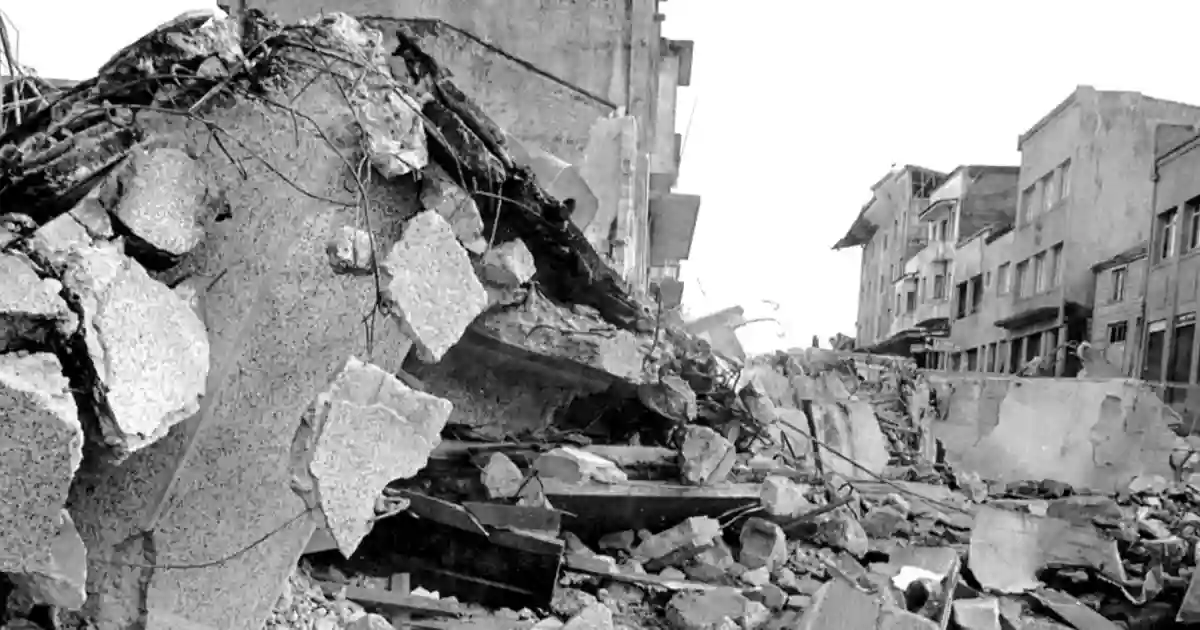Table of Contents
In this article, we will discuss the Valdivia earthquake.
An earthquake may be defined as the sudden shock of the earth that emits the energy in the earth’s lithosphere causing the formation of seismic waves.
The earthquake can be caused due to volcanic eruption, moving of tectonic plates, formation of the cave in a small area, or due to explosions. It is determined with the help of a seismograph by Seismometers and is measured on the Richter Magnitude Scale.

1. Valdivia Earthquake (1960)
It was the strong earthquake ever measured. The earthquake struck on the date of May 22 in the afternoon at the time of 19:11 GMT, 15:11 local time, estimated 100 miles (160 km) off the coast of Chile, parallel to the city of Valdivia.
It lasted around 10 minutes and set off a huge tsunami with waves up to 25 meters (82 feet). The major tsunami seriously smack the Chilean coast, raced across the Pacific Ocean, and destroyed Hilo, Hawaii.
The waves as high as 10.7 meters (35 feet) were measured even 10,000 kilometers (6,200 mi) from the epicenter, and as far away as Japan and the Philippines.
The death record of the 1960 Valdivia Earthquake is not fixed, the total number of death from the earthquake and tsunamis has been around between 1,000 and 6,000. Almost 3,000 people were wounded.
Different sources have calculated the economic cost varied from the US $400 million to $ 800 million(or $3.66 billion to $7.33 billion in 2021, changed for inflation).
One of the main aftershocks happened on 6 June in Aysén Region. This tremor probably happened across the Liquiñe-Ofqui Fault, meaning in this case that the fault would have shifted as a consequence of the 22 May Valdivia earthquake.
| Magnitude | 9.5 |
| Location | Bio-Bio, Chile |
| Name | Valdivia Earthquake |
| Date(UTC) | 1960-05-22 |
| Time(UTC) | 19:11 |
| Lat. | 38.14°S |
| Long. | 73.41°W |
| Deaths | 1000 |

2. Tsunami
Earthquake-induced tsunamis impacted southern Chile, Hawaii, Japan, the Philippines, China, eastern New Zealand, southeast Australia, and the Aleutian Islands. Some localized tsunamis seriously struck the Chilean coast, with waves up to the height of 25 m (82 ft).
The major tsunami struck the Pacific Ocean at a rate of several hundred km/hr and destroyed Hilo, Hawaii, taking the lives of 61 people.
Most of the tsunami-related casualties in Japan happened in the northeast Sanriku area of Honshu.
3. Landslide
The tremor began multiple landslides, mostly in the abrupt glacial valleys of the southern Andes. Within the Andes, most landslides happened on forested peak slopes around the Liquiñe-Ofqui Fault.
Some of these locations remain sparsely vegetated while others contain naturally generated more or less pure stands of Nothofagus dombeyi. These landslides did not cause considerable fatalities nor notable economic losses because most of the regions were unpopulated, with only small roads.
| Read Also: List of Latest Earthquakes |

